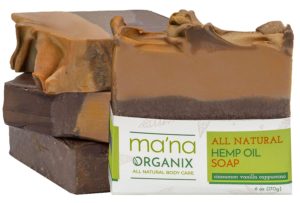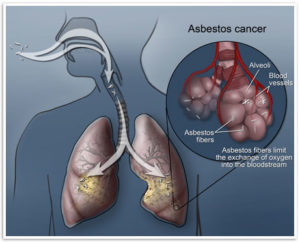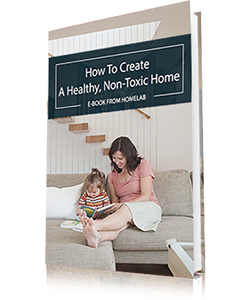
Those chemicals include diesel exhaust, chemicals that are put into personal care products, and plastic softeners. Of the 216 specific chemicals that cause mammary gland tumors either in animals or humans:
— 73 have been present in consumer products or as contaminants in food
— 35 are air pollutants
— 25 have been associated with occupational exposures affecting more than 5,000 women a year
— 29 are produced in the United States in amounts often exceeding 1 million pounds per year.
Fortunately, to some degree, being forewarned is forearmed. According to the study’s scientists, who included researchers at the Silent Spring Institute in Massachusetts, and the Texas-based Susan G. Komen organization, limiting routine exposures — our so-called “body burden” — can “significantly reduce the risk of cancer for many thousands of women.”
How can we protect ourselves from many of these chemicals and prevent breast cancer?
We can start by shifting our spending to products that contain less harmful ingredients, including:
• Personal care products that are free of parabens (often found in preservatives) and phthalates (often found in fragrances).
• Organic consumer products – not just fruits and vegetables, but cosmetics and body lotions and cleansers as well.
• Fuel-efficient vehicles and energy-efficient appliances to reduce the combustion of fossil fuels.
We can also minimize the number of products we use over all.
Individually and collectively, we can make a difference, and we must. Breast cancer is the largest cause of death in U.S. women in mid-life. While other risk factors — family history, age at menarche and menopause, age of first full-term pregnancy — cannot be easily avoided, chemical exposures can.
A searchable database of all 216 chemicals, including detailed information on 97 of the most widespread, is available at http://www.komen.org/environment and http://www.silentspring.org/sciencereview. The database also summarizes significant research linking breast cancer and diet, physical activity, body size, environmental pollutants and genetics.

















